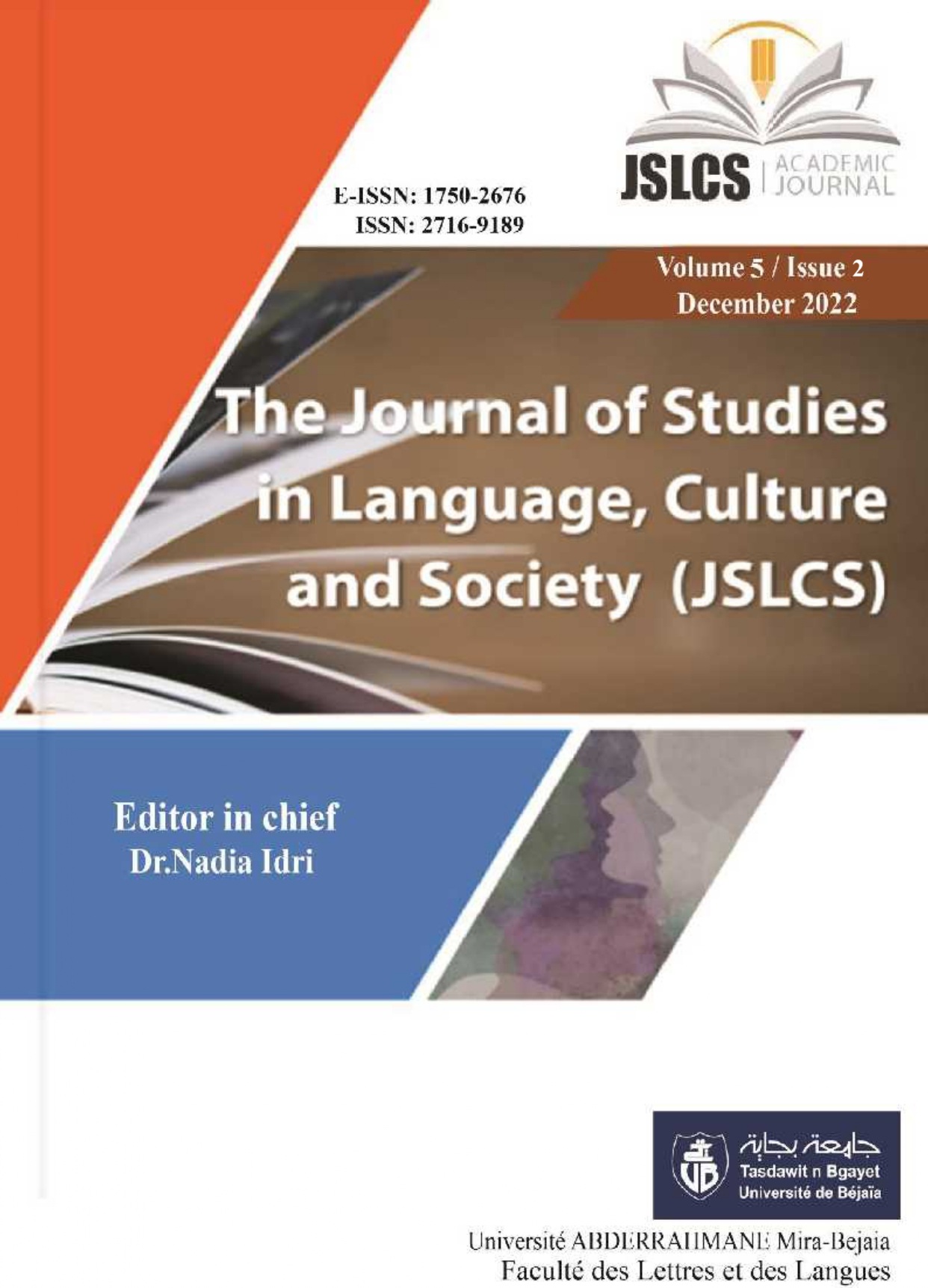Analytical Study Of Stylistic Devices In Four Selected French And English Poems
Keywords:
stylistic devices, communication, African writers, Ogundokun, LawalAbstract
Communication plays a major role in the affairs of man and the development of societies. The number one purpose of communication is understanding. Every writer or speaker often tries to make his/her belief, ideas, thoughts, emotions, and desires among other things comprehensible. A communicator does this through the use of words, collocations or expressions that vividly and precisely capture the context and content of his/her field of discourse. Quite a good number of scholars have worked and are still working on style of writers and speakers around the world. However, less attention has been paid to stylistic devices in texts. This study, therefore, examines issues such as register, figures of speech, allusion, symbolism, enjambment and mood in Four French and English poems. Quantitative research method which allows descriptive presentation of research findings is applied. The study is premised on the theory of Functionalism of text. The choice of the four selected poets is influenced by the fact that the authors are African writers of the colonial and the postcolonial periods. Niyi Osundare and Gbemisola Adeoti write in English while Léopold Sédar Senghor and David Diop write in French. Findings suggest that lexico-semantic interpretation of a text requires the understanding of a writer’s poetic devices The study concludes that the knowledge of stylistic devices in a particular text will enhance its interpretation and its internalization.
References
Adeoti, G. (2005). Naked soles: Poems. Kraft Books.
Balogun, T. A. (2017). Issues in discourse studies. Kraft Books.
Bloor, T., & Bloor, M. (1995). The functional analysis of English, a Hallidayan approach. Arnold.
Butler, S. C. (1985). Systemic linguistics: Theory and applications. Botsford Academic and Educational.
Daramola, A. (2001). Text Linguistics. Fakoya, Adeleke, A. and G. O. Osoba (Eds.). The English compendium, Vol. 1 & 2, (pp. 160 – 165). Lagos State University.
Diop, D. (1980). Coup de pilon. Présence Africaine
Gregory, M., & Carroll, S. (1978). Language and situation. Routledge and Kegan Paul.
Geoffery, L. (1974). Five Functions of Language, https://knepublishing.com .
Halliday, M. A. K. and Hasan, Ruskiya. (1985). Language, Context and Text: aspects of Language in a social-semiotic perspective. University Press.
Kamalu, I. (2018). Stylistics: Theory & Practice. Kraft Books.
Lamidi, M T. (2000). Aspects of Chomskyan grammar. University Press.
Okoro, O. (2001). The language of politics and public affairs. Fakoya, Adeleke, A. & G. O. Osoba (Eds.), The English compendium, Vol. 1 & 2, (pp.219 – 228). Lagos State University.
Osisanwo, A. (2013). Fundamentals of English phonetics & phonology. 2nd ed. FemdusFetop.
Osundare, N. (1988). Moonsongs. Ibadan: Spectrum Books.
Osundare, N. (1984). Village Voices: Poems. Ibadan: Evans Brothers (Nigerian Publishers).
Pride, J. B. (1971). The social meaning of language. Oxford University Press.
Salami, O. (2014). Sociolinguistics: The Study of Language in Society. NPS Educational Publishers.
Senghor, L. S. (1948). Anthologie de la nouvelle poésie nègre et malgache d’expression franҁaise.








